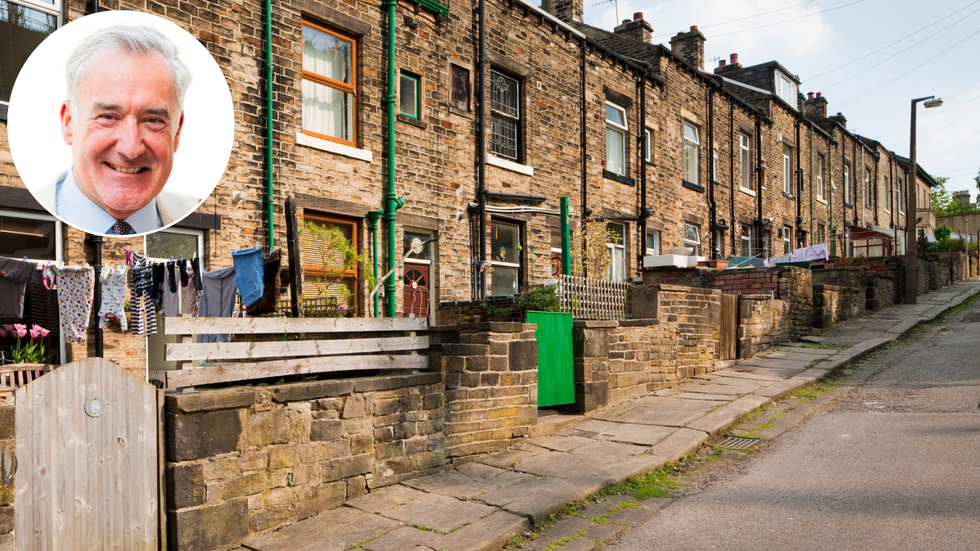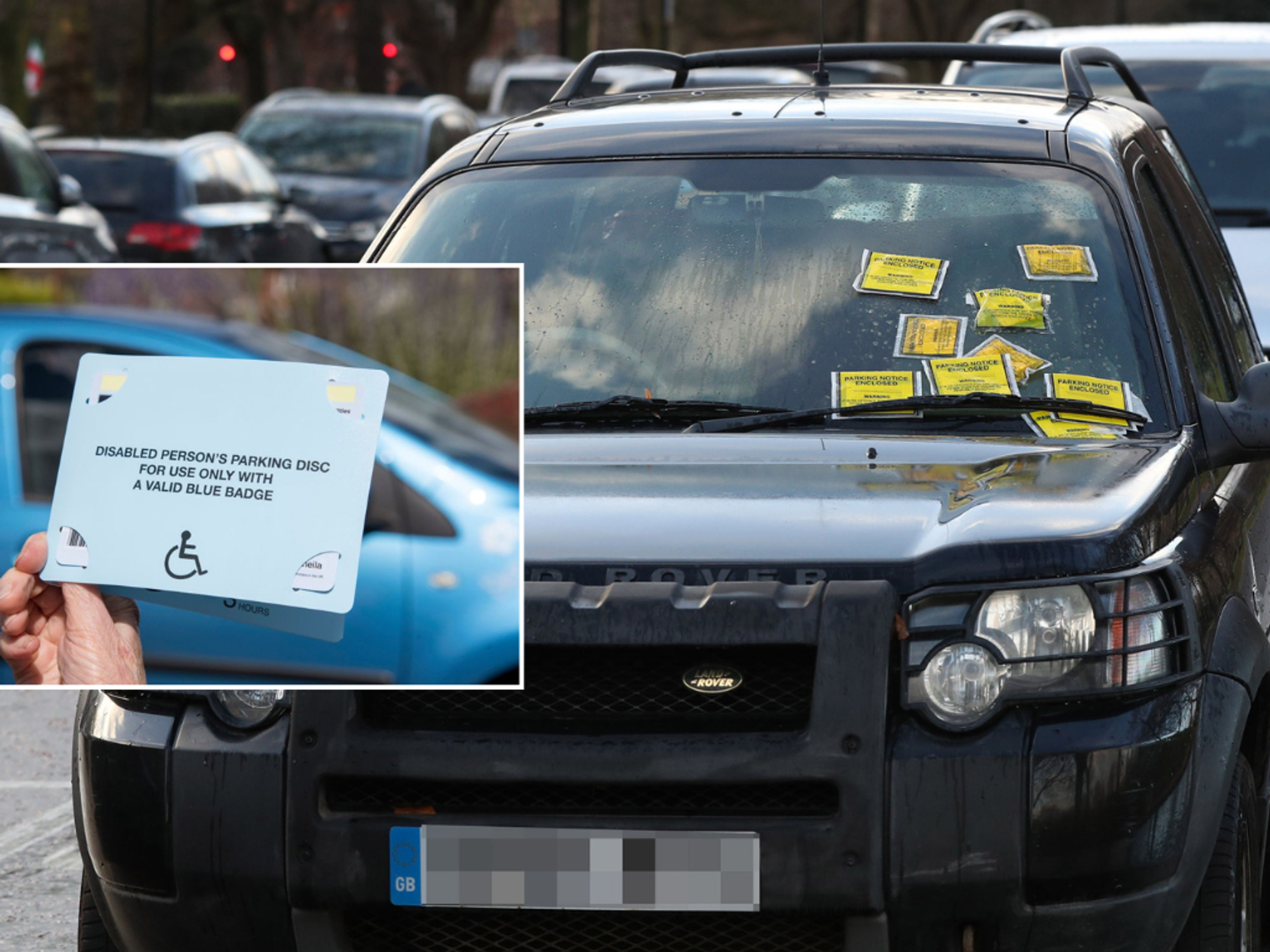The Brazier Angle: I naively dismissed 'white flight' as working-class racism, but I was wrong...
OPINION: Bradford has changed over the years to be unrecognisable, says Colin Brazier
Don't Miss
Most Read
My cousin, Ray, died late last year. He was the eldest son of Auntie Vera and Uncle Derek. He was much like his father, who also died of cancer. Softly-spoken, good with his hands.
Raymond had trials for Bradford City and, although he never played professionally, he was a lifelong City fan. As a student, he took me once to see a match at Valley Parade. It was the first time I’d been since escaping the fire which incinerated dozens of supporters when flames engulfed the stadium.
We were close to the ground when Ray saw a group of Birmingham fans. This was December 1988 and the tide of football hooliganism, though no longer in full flood, was only just ebbing. Birmingham had a reputation. ‘Zulu Warriors’. Much better known than Bradford’s ‘Ointment’. Ray accelerated his car towards the away supporters, braking inches before impact, before driving away at speed and – belatedly if unapologetically – sounding his horn.
What did the predominantly Pakistani-heritage residents of the tightly-terraced housing around the ground make of these white working class rituals? I myself was surprised.
Ray had always seemed a pacific figure, although looking back, not always sober. He belonged to a cohort of Bradfordians who believed the city was incontestably theirs. A city of soot, beer and the occasional spot of bother. But things were changing. Earlier that year a copy of Salman Rushdie’s Satanic Verses was set alight outside City Hall. A punctuation mark of huge significance for historians telling the origin-story of British political Islam. But for Ray, a trivial footnote compared to the transformational demographic shifts all around.
Like me, Ray grew up on a street built during Bradford’s 19th century textile heyday and even named after a Victorian prime minister, Gladstone. I was born directly opposite him in a two-up, two-down belonging to my grandmother, the majority of whose offspring worked in the mills (whose thinning halls Pakistanis came to fill).

As with other northern towns and cities, the collapse of the textile industry created an economic pull-factor to Bradford, says Colin Brazier
|GB News
Several of our aunts and uncles lived on neighbouring streets. In the 1990s, one-by-one, they left. It’s easy to scoff at white-flight and its insinuations of racism. As a student, on return visits from university - puffed-up, priggish, patronising – I was at it too.
I regret such callow certainty. My grandparents had brought up their nine children in a council house, only downsizing and buying in their 50s. They had no savings, only their property. Their children wanted to remain close to my grandmother’s matriarchal centre of gravity, but also had an eye to the darkening horizon. As local house prices went into free-fall, sentiment had a price. Nobody wanted to be the last to leave.
As with other northern towns and cities, the collapse of the textile industry created an economic pull-factor that drew people away. But many also felt pushed out by what they perceived to be a degradation of civic togetherness. Sociologists talk about alienation, but how many really know what that looks like? I remember my late step-father, who spent the last 20 years of his life driving a taxi, telling me about a fight he’d had in the centre of Bradford with a Pakistani taxi driver. “This is our town now,” my step-father was told. The idea of white privilege rings hollow if, as my sister who works on the till of a small grocery store in Bradford tells me, you have recently been called a “white bitch” by an irate customer.
There are too many journalists, wonks and academics determined to view race relations only through the less negative prism of multiculturalism as it exists in London, a city of multiple diverse communities. Bradford, and places like it, have just two monolithic communities – white working class and Pakistani-heritage - whose co-existence is often characterised by neither warmth, wealth, nor mutual obligation.
Those first-generation Pakistanis who came to work in the mills struggled to assimilate. Too often this was seen as the fault of their hosts, rather than the cultural baggage they arrived with and retained, repudiating modernity in the process. While travelling the length of Pakistan in the 1990s, I met a businessman in Lahore who, hearing I was from Bradford, said Britain had been stupid to import so many uneducated Mirpuri (the poor region of Kashmir where many Bradford-bound Pakistanis hailed from).
In later years I made several trips to Pakistan as a TV journalist, including a lengthy posting after 9/11. I was in Islamabad on the night the USAF began bombing Taliban targets across the border in Afghanistan. That same night, 5000 miles away, the church in Bradford where I was baptised was torched and badly damaged. In 2006, for a report broadcast on Sky, I took a camera crew to interview the resident priest, who declined to make assumptions about the cause of the firebombing. Charming, clever and white, he had been brought up in Karachi as the child of missionaries and spoke competent Urdu. A mixed blessing, allowing him to decipher the racial abuse directed at him by young men as he walked his dog around the parish.
My family in Bradford took for granted that the alterations they saw and endured around them would not be officially addressed or, in the case of the church firebombing, even acknowledged. Occasionally, doubts were raised, as in the case of another Ray, Ray Honeyford, the headmaster at a school in Bradford which, he said in the 1980s, revealed the limitations of multiculturalism. He was an early example of what we came to call cancel culture. Sacked and traduced for speaking an unspeakable truth.











